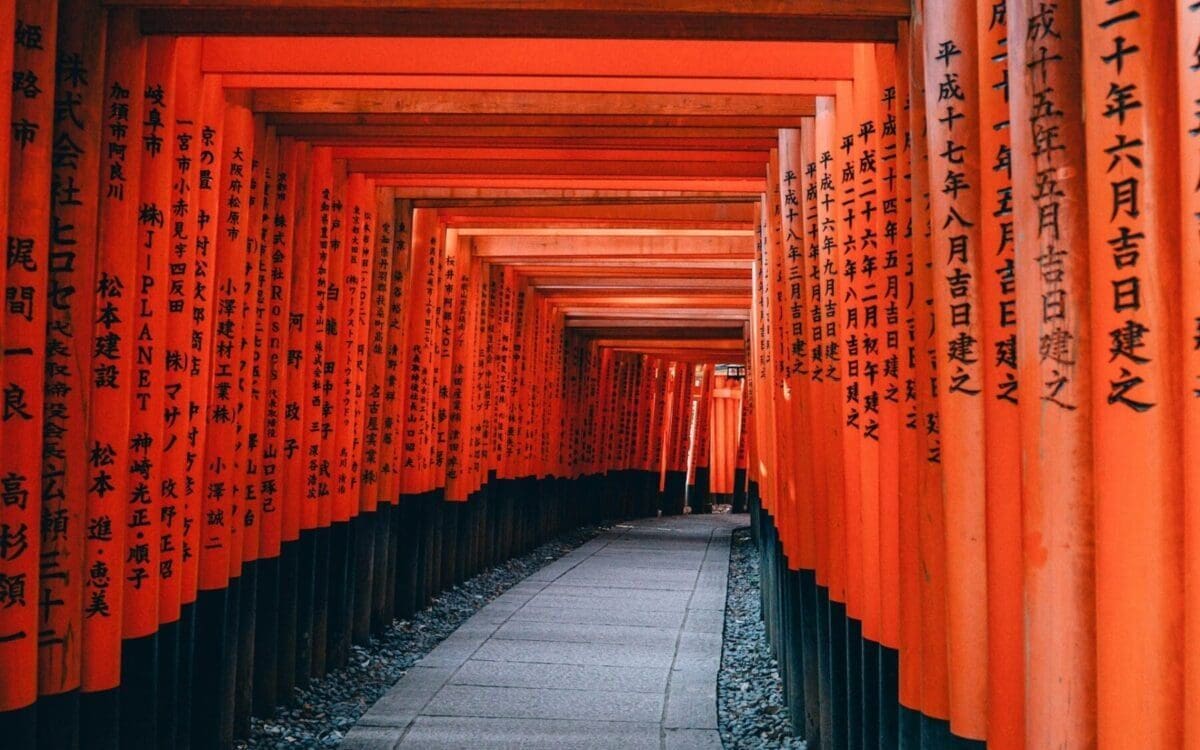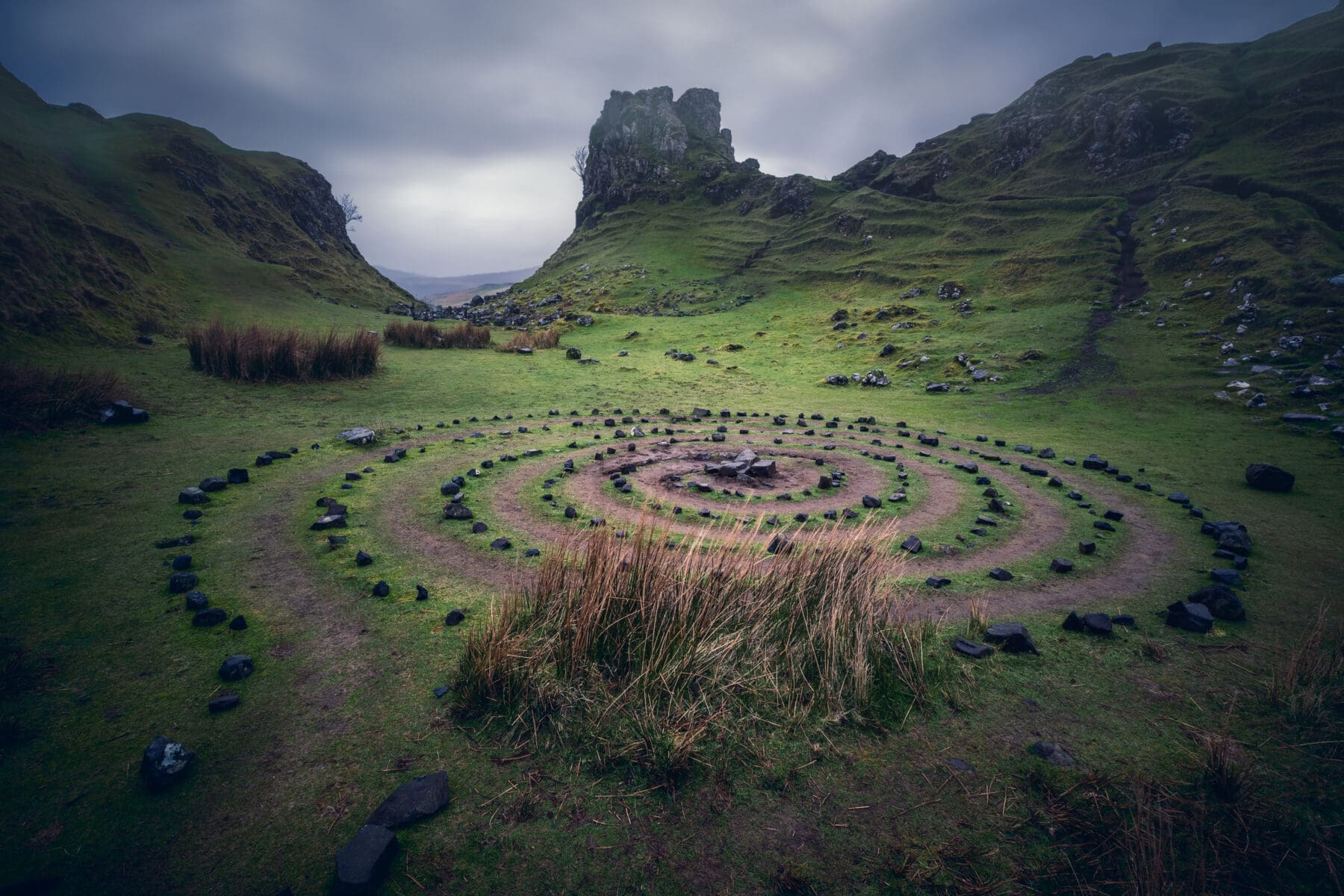Ready to Embark on a Spiritual Journey in Japan?
Nestled amidst the serene landscapes of Japan, Kyoto stands as a timeless testament to the country’s rich history and vibrant culture. As the ancient capital for over a millennium, Kyoto has served as the epicenter of Japanese civilization, witnessing the rise and fall of empires, the flourishing of arts and culture, and the preservation of age-old traditions. Against this backdrop of historical significance, Kyoto’s autumnal equinox beckons seekers of knowledge and spiritual enlightenment to delve into the sacred depths of Buddhist tradition.
Kyoto’s Rich History and Cultural Heritage
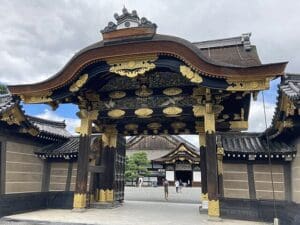
Kyoto’s story begins in 794 AD, when it became the imperial capital, a role it held for over a thousand years. This city, cradled by mountains and threaded by rivers, was meticulously planned to mirror the ancient Chinese capital of Chang’an, embodying the principles of geomancy and symmetry. The grand Heian-kyo, as it was originally known, became a vibrant center of politics, culture, and religion.
Picture the splendor of the Imperial Palace, where court life thrived with poetry, calligraphy, and tea ceremonies. The palace grounds, a serene expanse of traditional gardens and elegant architecture, echo with the whispers of history. Nearby, Nijo Castle stands as a symbol of shogunal power, its “nightingale floors” designed to chirp underfoot, alerting the castle to intruders and adding an element of mystical charm to its robust defenses.
The Gion District, with its narrow lanes and wooden machiya houses, offers a glimpse into the lives of the geishas, the skilled entertainers who are the living bearers of Kyoto’s cultural heritage. As you stroll through Gion at dusk, you might catch a fleeting glimpse of a geisha hurrying to an appointment, her kimono shimmering in the soft lantern light, a living embodiment of centuries-old traditions.
Kyoto’s temples and shrines, such as Kiyomizu-dera perched on its hillside or the serene rock gardens of Ryoan-ji, provide spaces for reflection and spiritual solace. These sacred sites, some nestled in lush bamboo groves and others overlooking the city from forested heights, are places where the past and present coexist harmoniously.
Kyoto’s rich tapestry of history and culture is not merely confined to the grand and the ancient. It’s found in the quiet tea houses where the art of tea is perfected, in the seasonal festivals that paint the city in vibrant hues, and in the daily rhythms of its people who cherish and continue their cultural heritage. As you explore Kyoto, you become part of its ongoing story, a story that has inspired poets, warriors, and travelers for centuries.
Ready to explore the mystery? Start planning the experience of a lifetime HERE!
To keep up with our blog and other Mysterious Adventures offers, sign up for our newsletter HERE!
Higan: Bridging Worlds in Kyoto’s Sacred Tradition
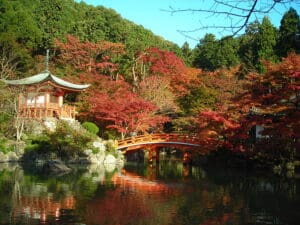
Imagine walking through the ancient streets of Kyoto, where the air is filled with a sense of calm and reverence. The temples and shrines, steeped in centuries of history, become the focal points of this sacred observance. Families gather to honor their ancestors, each carrying offerings of flowers, incense, and food. The tradition of Higan, deeply rooted in the teachings of Buddhism, emphasizes the interconnectedness of all beings and the impermanence of life. It is a time to honor the departed, reflect on their legacy, and seek spiritual growth. The rituals performed during Higan are both simple and profound, inviting participants to cleanse gravesites, offer prayers, and partake in ceremonies that bridge the gap between the living and the dead.
As the sun sets over Kyoto, the city takes on a mystical quality, illuminated by the soft glow of lanterns. The night is filled with a quiet reverence as families gather for evening rituals, lighting candles and offering prayers to guide the spirits of their ancestors. The flickering flames symbolize the light of wisdom and compassion, guiding souls to the other shore. Higan is more than a religious observance; it is a cultural expression of gratitude and respect, teaching the importance of remembering one’s roots and understanding the transient nature of existence. Participating in Higan in Kyoto is a transformative experience, offering a chance to step away from the hustle and bustle of modern life and enter a world where time seems to stand still, fostering serenity and spiritual renewal.
Jidai Matsuri: A Tapestry of Japan’s History
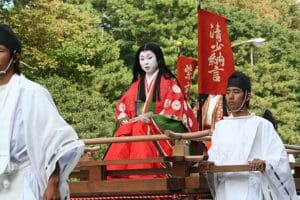
The Jidai Matsuri is more than just a parade; it is a vibrant tapestry that weaves together the diverse epochs of Japan’s past. The festival, which commemorates the founding of Kyoto as the imperial capital in 794 AD, features over 2,000 participants adorned in meticulously crafted costumes representing various historical periods. From the Heian era courtiers in their elegant, flowing robes to the fierce samurai warriors of the Kamakura period, each ensemble is a tribute to the artistry and heritage of Japan.
Imagine standing along the parade route as it winds its way from the Kyoto Imperial Palace to the Heian Shrine. The procession is led by elaborately dressed figures representing emperors, empresses, and notable historical figures, followed by groups depicting warriors, monks, and common folk. The rhythmic clatter of wooden sandals on cobblestones and the harmonious melodies of traditional instruments create a symphony that echoes through the centuries.
Each segment of the parade offers a glimpse into a different era, telling the story of Japan’s evolution through its costumes, banners, and ceremonial artifacts. The Heian period, known for
its cultural flourishing, is brought to life with participants draped in vibrant silk garments, their faces serene as they glide by in ox-drawn carriages. The Kamakura period, marked by the rise of the samurai, is represented by fierce warriors in intricate armor, their swords gleaming in the autumn sun. The Edo period, a time of peace and prosperity, features townsfolk and artisans showcasing the vibrant street life of the era.
As the parade progresses, it feels as though the past and present merge, offering spectators a unique window into the rich tapestry of Kyoto’s history. The Jidai Matsuri is not just a celebration of the city’s illustrious past but also a testament to the enduring spirit of its people. The careful attention to historical detail and the passionate participation of the local community reflect a deep respect for heritage and a desire to preserve it for future generations.
The grandeur of the Jidai Matsuri extends beyond the parade itself. The entire city of Kyoto embraces the festival’s spirit, with cultural events, exhibitions, and performances that further illuminate Japan’s historical narrative. Temples and shrines open their doors to visitors, offering special ceremonies and displays of ancient treasures. Traditional tea ceremonies, calligraphy workshops, and Noh theater performances invite participants to immerse themselves in the cultural riches of Kyoto.
Amidst this vibrant celebration, one cannot help but feel a profound connection to the countless generations that have walked these streets, each leaving their mark on the city’s enduring legacy. The Jidai Matsuri is a reminder that history is not a distant memory but a living, breathing part of our present, shaping our understanding of who we are and where we come from.
As you watch the final participants of the parade make their way to the Heian Shrine, the sun begins to set, casting a golden glow over the city. The echoes of ancient footsteps fade, leaving behind a sense of awe and reverence. The Jidai Matsuri has once again woven its magic, transporting all who witness it into the heart of Japan’s storied past, inspiring a deeper appreciation for the cultural heritage that continues to define Kyoto.
 Embark on a journey that your heart and soul will never forget in 2025!
Embark on a journey that your heart and soul will never forget in 2025!
Experience the sacred Buddhist tradition of Higan during Japan’s autumnal equinox, as we connect with ancestral spirits through timeless rituals and observances. Feel the mystical energy of this special time, when the veil between worlds is thinnest. Delve into Kyoto’s rich history and culture at the grand Jidai Matsuri festival, where a dazzling parade brings Japan’s past to life. Explore the vibrant tapestry of Kyoto’s heritage as we celebrate its illustrious past.

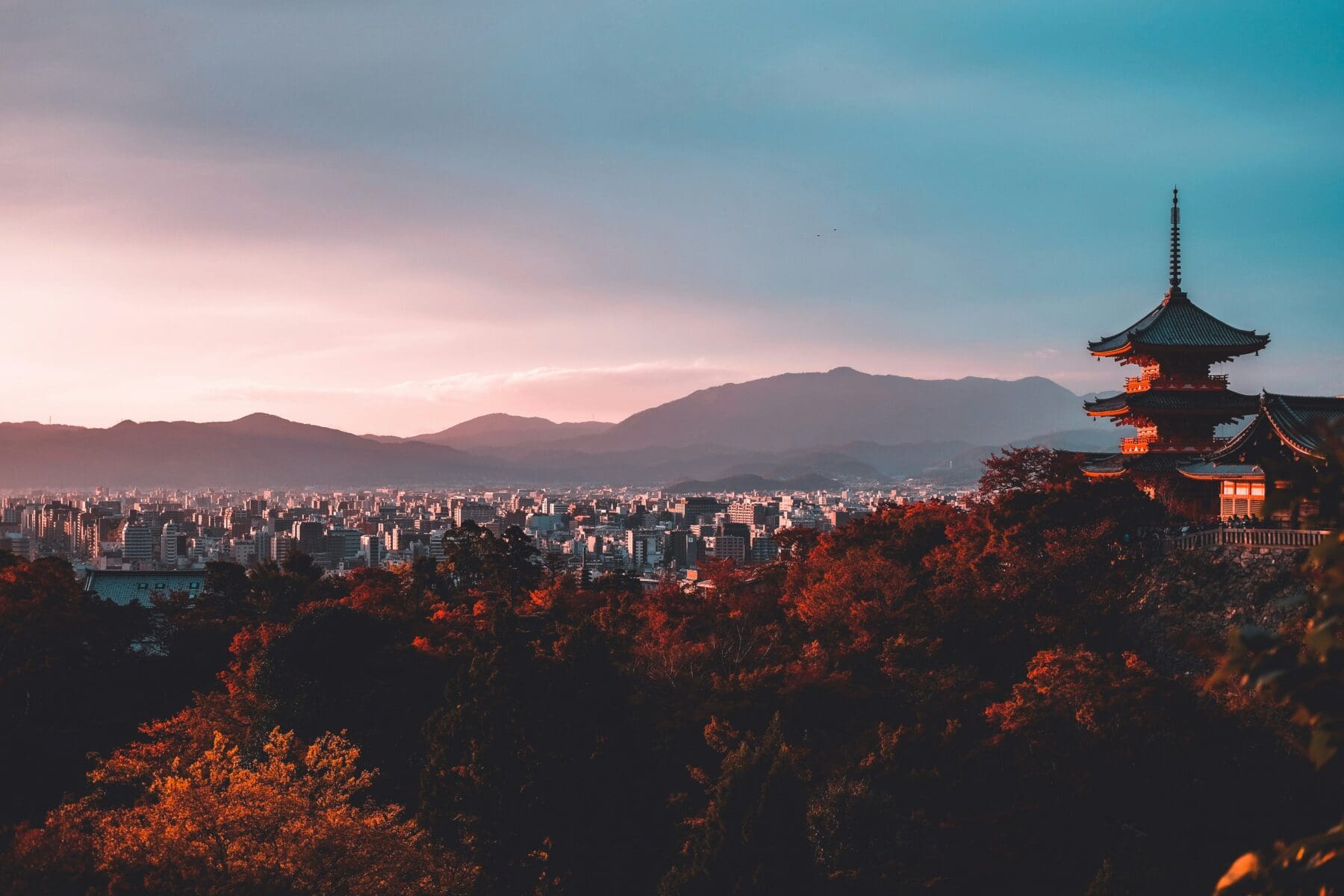
 Embark on a journey that your heart and soul will never forget in 2025!
Embark on a journey that your heart and soul will never forget in 2025!

